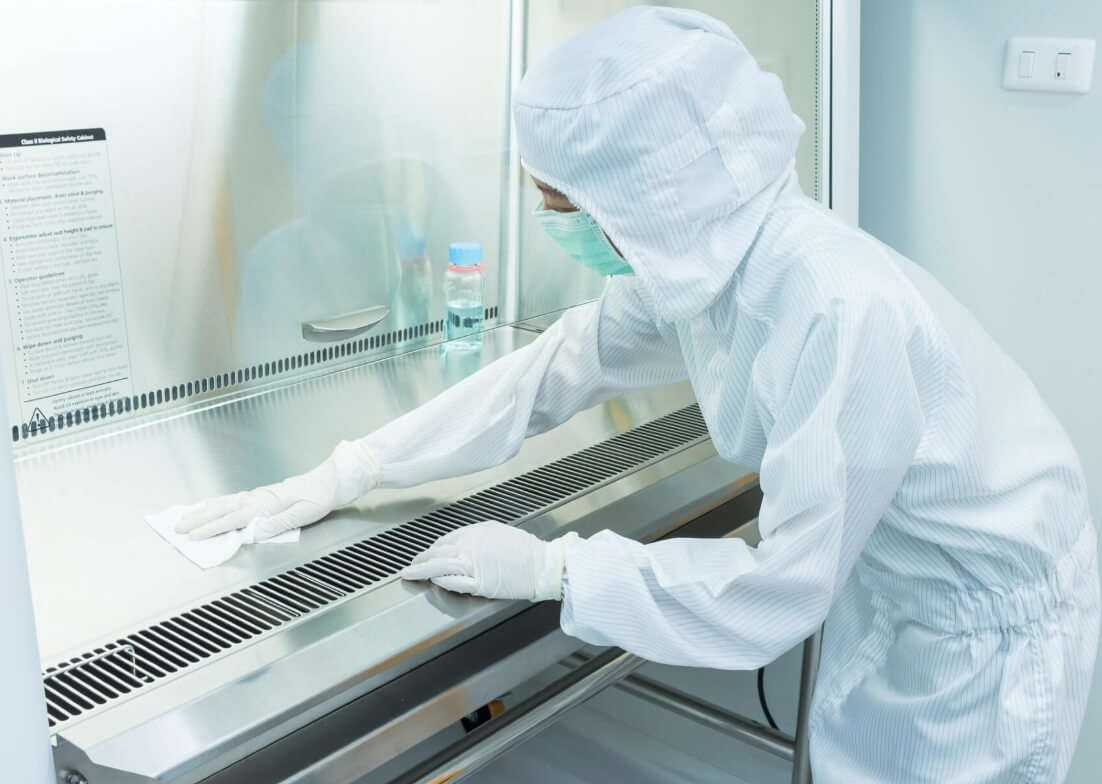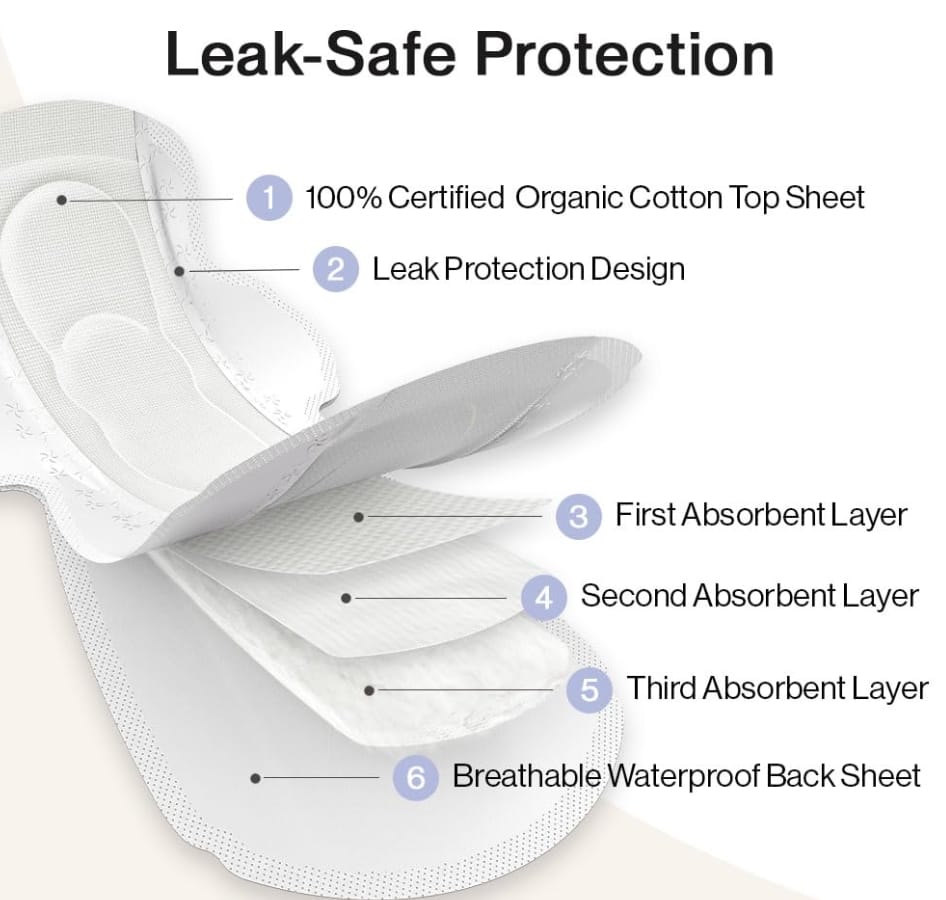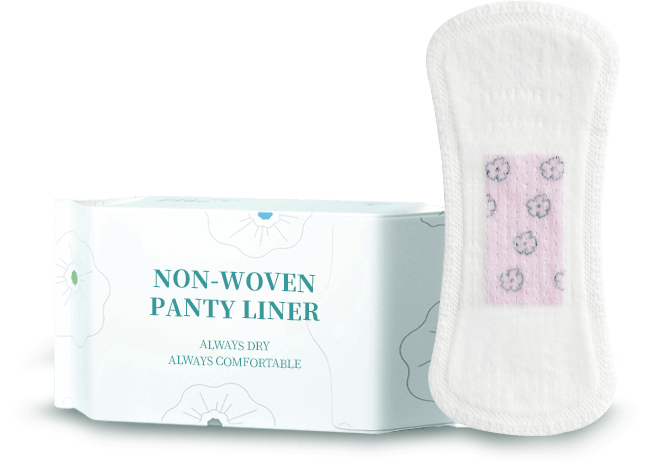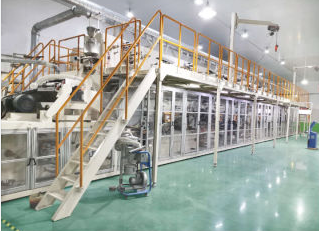What Materials Are Disposable Sanitary Pads Made Of?
Disposable sanitary pads are nearly a universal necessity for women. In recent years, they have frequently sparked public discussions. Yet, despite this attention, if you were to ask ten women around you, perhaps only one could vaguely explain what materials sanitary pads are made of. In a consumer-driven society, we often perceive products through their user experience. Only when we particularly like or need a product do we delve into understanding both its function and its composition. Thus, being unaware is the norm.
Over the past five years, I’ve read numerous domestic and international articles and interacted with professionals across various stages of the industry. In the simplest and most straightforward language, let’s break down today’s topic: What materials are disposable sanitary pads made of?
Classification of Disposable Sanitary Pads
Regardless of brand, sanitary pads can be categorized into three main types based on their materials:
- Conventional Sanitary Pads
- Liquid Sanitary Pads
- GOTS-Certified Organic Cotton Sanitary Pads
Conventional sanitary pads dominate over 95% of the global market and are the focus of this article. GOTS-certified organic cotton sanitary pads share the same structure as conventional ones but differ in materials, and we’ll cover them in a separate article. Liquid sanitary pads, made with Procter & Gamble’s patented FlexFoam material, are exclusive to their brand. We’ll also address liquid sanitary pads and the controversies surrounding this new material in a dedicated article. For now, we’ll focus solely on conventional sanitary pads.
Structure of Sanitary Pads
Sanitary pads consist of three main layers, from top to bottom:
- Top Sheet
- Absorbent Core
- Back Sheet
First Layer: Top Sheet
The top sheet is the layer in contact with the skin, allowing menstrual blood to pass through to the absorbent core below. The core materials for the top sheet fall into two categories: plastic and pure cotton.
- Plastic Top Sheet
-Dry Mesh Top Sheet: Made of polyethylene (PE), produced using a process similar to plastic film.
– Soft Cotton Top Sheet: Made of polypropylene (PP), manufactured using a nonwoven fabric process, similar to materials used in face masks and common wet wipes.
- 100% Cotton: Made into cotton nonwoven fabric.
Other less common top sheet materials include:
– Hemp Fiber: A natural fiber with mild antibacterial properties but a slightly rough texture.
– PLA (Polylactic Acid): Derived from corn starch through chemical processes, PLA can be made into a film. Biodegradable plastic bags are typically made from a blend of PLA and PBAT. PLA, being plant-based and degradable, has gained popularity over the past decade, but it has limitations, which we’ll explore in a separate article.
– Silk: Mentioned but not commonly seen in practice.
Second Layer: Absorbent Core
The absorbent core can be subdivided into multiple layers, but all serve one purpose: absorbing menstrual blood. The core materials are primarily:
- Fluff Pulp
- Super Absorbent Polymer (SAP)
These two materials are combined to create composite materials like dust-free paper. The absorbency of a sanitary pad depends on the amount of SAP used. Over the past 20 years, there have been no fundamental breakthroughs in sanitary pad materials, leading to competition focused on absorbency, speed, and dryness—all determined by the placement and quantity of SAP. We’ll discuss SAP in detail in a separate article.
Negative reports about SAP and fluff pulp are common but often overly stigmatized. Fluff pulp, a paper-based product, is regulated by China’s national standard GB/T 21331-2021, a recommended (not mandatory) guideline. However, both brands and manufacturers adhere to this standard. Given China’s market scale and maturity, small-scale workshops have little room to survive. Claims of fluff pulp being “black-hearted cotton” are not entirely fabricated but are far from mainstream and irrelevant to most consumers. Finding a brand-name product made with substandard materials is as unlikely as winning the lottery.
The primary issue with fluff pulp lies in its bleaching process, which uses chlorine-containing chemicals. Like other paper products, fluff pulp is derived from plant fibers such as wood, straw, or grass. Most fluff pulp in China is wood-based and imported, with reports suggesting imports account for 90% of supply. Thus, “imported fluff pulp” does not necessarily indicate premium quality. We’ll address the environmental and health concerns of chlorine bleaching in a separate article, as it may leave trace residues that could affect user health.
SAP, a high-molecular-weight polymer, is theoretically safe even in contact with skin, though long-term effects are unstudied and unknown. In sanitary pads, SAP does not directly contact the skin due to the top sheet. SAP absorbs and locks in liquid, making it a critical component in sanitary pads and diapers. The challenge lies in determining the optimal amount of SAP, a topic we’ve explored for years and will cover in a dedicated article.
The absorbent cores of the other two types of sanitary pads differ:
– Organic Cotton Sanitary Pads: Use organic cotton, which absorbs but does not lock in liquid.
– Liquid Sanitary Pads: Use patented FlexFoam, a chemical material that both absorbs and locks in liquid.
Third Layer: Back Sheet
The back sheet, which feels like plastic, is made of polyethylene (PE), the same material as the dry mesh top sheet, though processed differently to produce distinct textures. The history and future of plastics are fascinating and relevant to everyone, and we’ll explore eco-friendly plastics in a future article with industry experts.
Sanitary pads are considered a significant source of “white pollution” primarily due to the back sheet and individual packaging films. Some packaging films appear to be nonwoven fabric, leading people to assume they’re cotton or paper, but these are also plastic-based.
The back sheet materials for the other two types of sanitary pads are:
– GOTS-Certified Organic Cotton Sanitary Pads: Use 100% biodegradable film, as required by organic certification standards.
– Liquid Sanitary Pads: Use plastic, like conventional pads.
Other Auxiliary Materials in Sanitary Pads
- Hot-Melt Adhesive: Sanitary pads are multi-layered and require hot-melt adhesive for bonding. Though used in small quantities, it’s essential in current production technology. Hot-melt adhesive, a resin, is solid at room temperature, becomes liquid at 120-160°C, and is sprayed as fine threads for bonding. In principle, it’s non-toxic and non-irritating at room temperature, but we’ve encountered two cases where allergies were highly suspected to be caused by specific components in the adhesive.
- Release Paper:The paper stripped off before use, coated with silicone oil for isolation.
- Individual Packaging Film: Most brands use plastic, while some use a plastic-paper composite. Organic cotton sanitary pads must use 100% biodegradable plastic.
Summary
Conventional sanitary pads must include the following materials:
- Plastic
- Fluff Pulp
- Cotton (optional, not mandatory)
- SAP
- Hot-Melt Adhesive
- Release Paper






